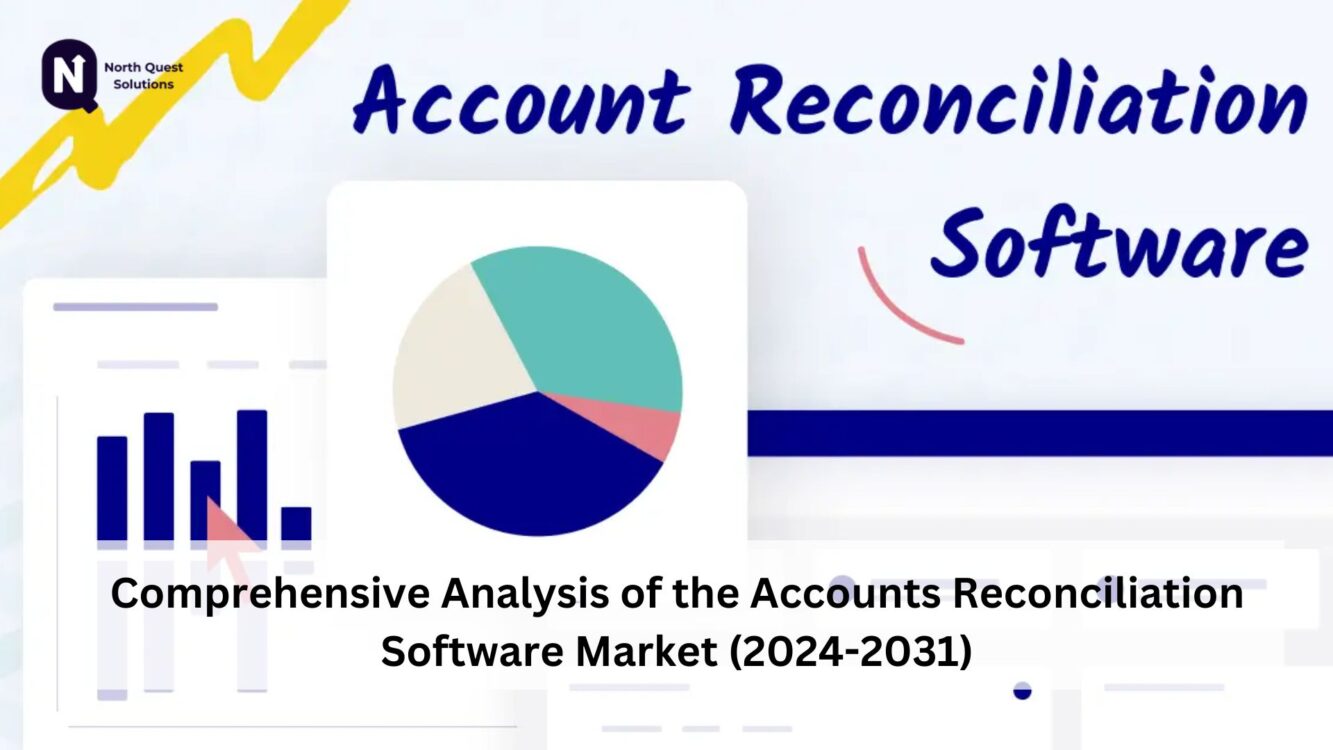
In the world of finance and accounting, Account Reconciliation plays a crucial role in ensuring the accuracy of financial records. Whether you are a small business owner, an accountant, or a financial analyst, understanding Account Reconciliation is essential for maintaining financial health and compliance.
In this guide, we will explore what Account Reconciliation is, why it is important, different types of reconciliations, best practices, and how automation can streamline the process.
What is Account Reconciliation?
Account Reconciliation is the process of comparing financial records to ensure that the figures are correct and consistent. It involves matching transactions recorded in financial statements with external records such as bank statements, invoices, and receipts.
For example, a company may compare its cash balance in the general ledger with the balance shown on the bank statement. If discrepancies exist, they must be investigated and corrected.
Why is Account Reconciliation Important?
Proper Account Reconciliation is vital for multiple reasons, including:
1. Accuracy in Financial Reporting
Reconciliation ensures that financial records are free from errors, which is crucial for preparing accurate financial statements.
2. Fraud Prevention
By reconciling accounts regularly, businesses can detect unauthorized transactions and prevent fraud.
3. Regulatory Compliance
Companies must comply with financial regulations and tax laws. Accurate reconciliation helps businesses meet compliance requirements.
4. Better Decision-Making
When financial records are accurate, business leaders can make informed decisions about investments, expenses, and growth strategies.
Types of Account Reconciliation
There are several types of Account Reconciliation, each serving a different purpose:
1. Bank Reconciliation
This is one of the most common types. It involves matching the company’s cash account records with the bank statement to identify discrepancies such as outstanding checks, bank fees, or unauthorized transactions.
2. General Ledger Reconciliation
This process involves verifying that all transactions recorded in the general ledger match supporting documents, such as invoices and receipts.
3. Intercompany Reconciliation
Large corporations with multiple subsidiaries perform Account Reconciliation to ensure that transactions between different entities are correctly recorded.
4. Vendor Reconciliation
Businesses compare their accounts payable records with vendor statements to ensure that all invoices and payments are accurately recorded.
5. Customer Reconciliation
Companies match accounts receivable records with customer payments to identify unpaid invoices or discrepancies.
Steps in the Account Reconciliation Process
To ensure accuracy, follow these steps in Account Reconciliation:
Step 1: Gather Financial Records
Collect relevant documents such as bank statements, general ledger reports, invoices, and receipts.
Step 2: Compare Transactions
Match transactions from internal records with external documents. Look for differences in amounts, dates, or missing transactions.
Step 3: Identify Discrepancies
If there are mismatches, investigate the cause. Common reasons include:
- Bank errors
- Duplicate entries
- Unrecorded transactions
- Timing differences
Step 4: Make Adjustments
Once discrepancies are identified, correct them by adjusting journal entries or contacting the bank or vendors.
Step 5: Document and Report
Maintain records of the reconciliation process, including supporting documents and adjustments made.
Step 6: Review and Approve
A final review should be conducted by a senior accountant or auditor to ensure accuracy.
Challenges in Account Reconciliation
Despite its importance, Account Reconciliation can be challenging. Some common issues include:
1. Time-Consuming Process
Manual reconciliation is labor-intensive and prone to errors, especially for large organizations.
2. Data Inconsistencies
Errors in data entry, missing invoices, or duplicate transactions can complicate reconciliation.
3. Lack of Automation
Many businesses still use spreadsheets for reconciliation, which increases the risk of mistakes.
4. Fraud and Unauthorized Transactions
If reconciliation is not done regularly, fraudulent activities may go unnoticed.
Best Practices for Account Reconciliation
To make Account Reconciliation more efficient and accurate, follow these best practices:
1. Reconcile Regularly
Perform reconciliation on a daily, weekly, or monthly basis, depending on transaction volume.
2. Use Accounting Software
Leverage automation tools such as QuickBooks, Xero, or NetSuite to streamline reconciliation.
3. Establish Internal Controls
Implement checks and balances, such as requiring dual approvals for adjustments.
4. Maintain Proper Documentation
Keep a record of all reconciliations for future audits and compliance purposes.
5. Train Employees
Ensure that finance and accounting teams are trained in best practices for reconciliation.
How Automation Improves Account Reconciliation
Modern accounting software can automate Account Reconciliation, reducing errors and saving time. Here’s how automation helps:
- Automatic Transaction Matching: AI-powered tools match transactions from bank statements and internal records.
- Error Detection: The system highlights discrepancies, making them easier to resolve.
- Real-Time Reporting: Businesses can access up-to-date financial data.
- Audit Trail: Automated software maintains a record of all reconciliations for compliance and auditing purposes.
Popular tools for automated Account Reconciliation include:
- BlackLine
- FloQast
- ReconArt
- Trintech
Frequently Asked Questions (FAQs)
1. What is the main goal of Account Reconciliation?
The primary goal of Account Reconciliation is to ensure that financial records are accurate, complete, and free from discrepancies.
2. How often should businesses perform Account Reconciliation?
The frequency depends on the business size and transaction volume. Most companies reconcile accounts monthly, but high-volume businesses may do it weekly or even daily.
3. What are the common errors in Account Reconciliation?
Common errors include duplicate transactions, missing entries, incorrect amounts, and timing differences between transactions.
4. Can Account Reconciliation be automated?
Yes, businesses can use software like QuickBooks, Xero, or BlackLine to automate the process, reducing manual effort and improving accuracy.
5. What is the difference between Account Reconciliation and Financial Auditing?
Account Reconciliation is an internal process to verify accuracy, while a financial audit is an independent examination of financial records by external auditors.
6. What happens if Account Reconciliation is not performed?
Without proper reconciliation, businesses may face financial inaccuracies, compliance issues, fraud risks, and poor financial decision-making.
7. Who is responsible for Account Reconciliation?
Typically, accountants, financial analysts, and auditors handle Account Reconciliation, but business owners and managers should also be involved.
Conclusion
Account Reconciliation is a critical process for maintaining financial accuracy and transparency. By reconciling accounts regularly, businesses can detect errors, prevent fraud, and ensure compliance with financial regulations.
With the advancement of automation tools, Account Reconciliation has become faster and more efficient. By adopting best practices and leveraging technology, businesses can streamline their reconciliation process and make informed financial decisions.
If you are looking to improve your Account Reconciliation process, consider implementing automated solutions and training your finance team on best practices. A well-managed reconciliation process leads to financial stability and long-term business success.
